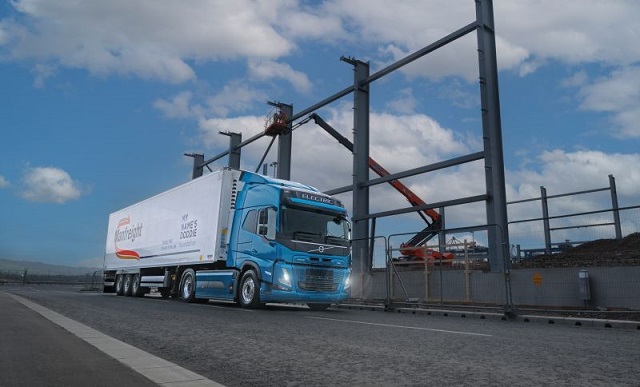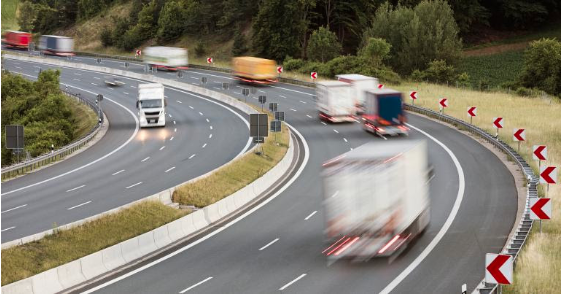HGV operators have been reminded of the benefits utilising technology, such as telematics to monitor and manage various aspects of a vehicle’s operation and the driver’s behaviour.
 There are several benefits of incorporating telematics systems in HGV driving, according to experts working in the field.
There are several benefits of incorporating telematics systems in HGV driving, according to experts working in the field.
- Improved Safety: Telematics can monitor driver behaviour such as speeding, harsh braking, and aggressive driving. This information can be used to provide feedback to drivers and encourage safer driving practices. In case of accidents or emergencies, telematics can provide real-time information about the vehicle’s location, helping with quicker response times.
- Reduced Fuel Consumption: Telematics can track fuel usage and analyse driving patterns to identify opportunities for improved fuel efficiency. By minimising idling time, optimising routes, and reducing instances of aggressive driving, HGV operators can significantly lower fuel consumption and operating costs.
- Enhanced Vehicle Maintenance: Telematics systems can monitor the health of various vehicle components and provide alerts when maintenance is needed. This proactive approach to maintenance can prevent breakdowns and reduce downtime, ultimately increasing the lifespan of the vehicle.
- Route Optimisation: Telematics can provide real-time traffic data, helping drivers avoid congested routes and select the most efficient paths to their destinations. This not only reduces travel time but also minimises wear and tear on the vehicle.
- Compliance and Regulation: Telematics systems can assist in compliance with regulations such as hours of service (HOS) for commercial drivers. By accurately tracking driving hours and rest periods, companies can avoid violations and ensure their drivers are operating within legal limits.
- Insurance Benefits: Some insurance companies offer discounts to fleets that use telematics to monitor driver behaviour and vehicle operations. Safer driving practices can lead to lower insurance premiums.
- Real-Time Monitoring: Fleet managers can monitor the location and status of their HGVs in real time. This enables them to respond quickly to changing circumstances, reroute vehicles if necessary, and optimise operations for maximum efficiency.
- Driver Performance Management: Telematics systems can provide insights into driver behaviour, enabling managers to identify training opportunities and address any issues that could affect safety, efficiency, and customer satisfaction.
- Environmental Impact: By optimising routes and reducing fuel consumption, telematics systems contribute to a lower carbon footprint and reduced emissions, aligning with sustainability goals.
- Data-Driven Decision Making: Telematics generates a wealth of data that can be analysed to identify trends and make informed decisions. This data-driven approach can lead to more efficient operations and cost savings.
Incorporating telematics into HGV driving offers a range of benefits that extend to both drivers and fleet managers. By leveraging technology to enhance safety, efficiency, and overall performance, companies can streamline their operations and provide a better experience for drivers and customers alike.


